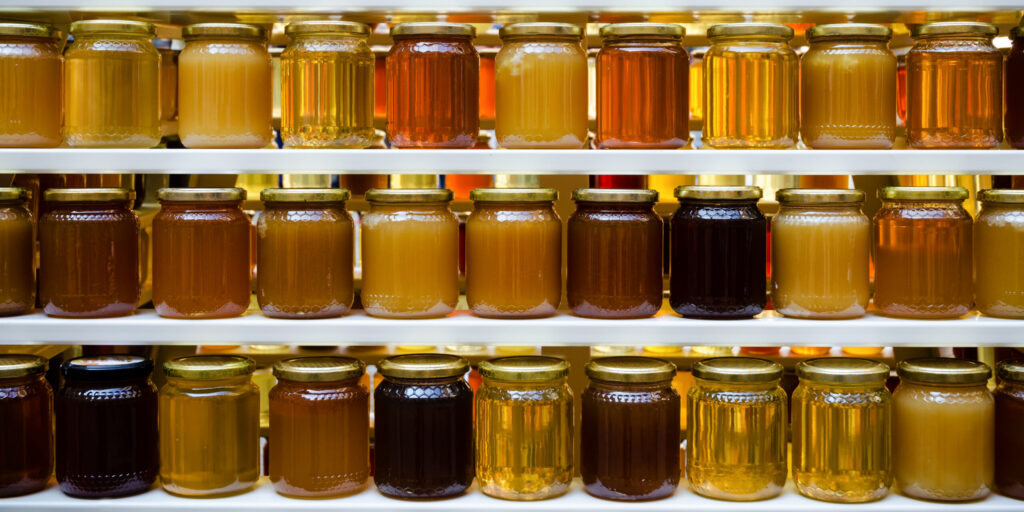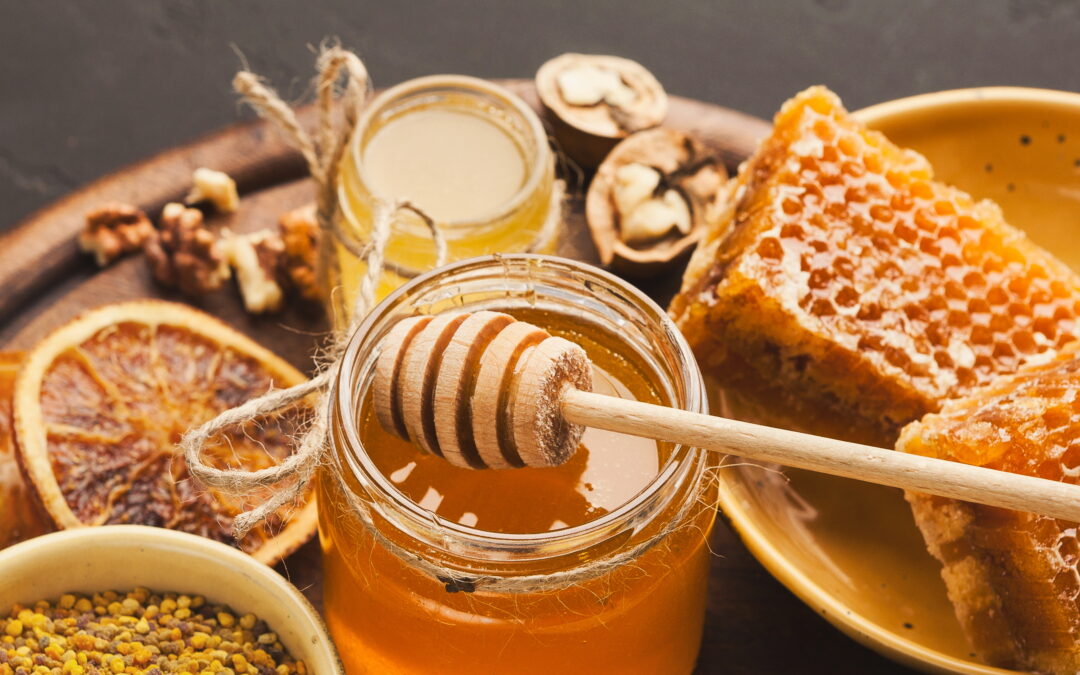Your breakfast toast just got complicated. Recent testing revealed that 24 out of 25 honey jars sold in British stores contained suspicious adulterants or added sugar. That’s roughly 90% of tested honey failing authenticity standards, exposing a sweetener scandal that’s reshaping how consumers think about one of nature’s most trusted foods. The Honey Authenticity Network’s investigation has shoppers demanding transparency and smaller producers are suddenly getting very interesting.
The Testing That Changed Everything
The Honey Authenticity Network sent 30 honey samples for laboratory testing in November 2024, targeting various brands and price points from British retailers. The results were damning. Of 25 jars tested, only one passed authenticity standards without raising red flags. The remaining samples showed signs of adulteration – added syrups, suspicious sugar profiles, or markers indicating the honey wasn’t purely what bees made.
This isn’t just about misleading labels or marketing puffery. Many samples contained actual added sugars from non-honey sources – rice syrup, corn syrup, beet sugar, or other sweeteners blended with real honey to stretch supplies and increase profits. The practice allows honey sellers to increase volume while reducing costs, pocketing the difference.
Other samples showed evidence of ultra-filtration processes that remove pollen and other identifying markers, making it impossible to verify the honey’s origin or quality. While technically still “honey,” these products have been so processed that their nutritional value and distinctive characteristics are largely destroyed.

Why It Matters
Honey adulteration represents a form of food fraud that affects millions of consumers who pay premium prices expecting real honey. Pure honey costs significantly more to produce than sugar syrup. When companies cut their product with cheaper sweeteners but charge honey prices, they’re essentially stealing from customers.
The health implications matter too. People choose honey over refined sugar partly for its nutritional benefits – antioxidants, enzymes, trace minerals, and antimicrobial properties that pure honey contains. Adulterated honey loses these benefits while still carrying the caloric load. Diabetics managing blood sugar might choose honey believing it’s absorbed differently than refined sugar, not knowing they’re actually consuming corn syrup.
For beekeepers producing real honey through legitimate means, adulteration creates unfair competition. How can small producers charge honest prices when supermarket honey costs a fraction because it’s been cut with cheap syrup? The practice undermines legitimate honey production and makes it harder for authentic producers to survive.
The Consumer Response
The revelation has sparked serious consumer backlash. Shoppers feel betrayed discovering that the honey they trusted and paid premium prices for wasn’t actually pure. Social media reactions ranged from outrage to demands for better regulation and transparent testing.
Sales patterns are shifting. Smaller producers emphasizing authenticity, local sourcing, and transparency are seeing increased interest and willingness to pay higher prices. Consumers want to know exactly where their honey comes from, see evidence of testing, and buy from producers they can trust.
Some shoppers are joining local beekeeping associations or buying directly from beekeepers at farmers markets, eliminating supply chain complexity that enables fraud. Others are demanding that retailers provide authenticity guarantees and third-party testing results.

What’s Next
The scandal is likely to drive regulatory changes, improved testing requirements, and greater supply chain transparency. Some retailers are already responding with commitments to source only from verified authentic producers and to increase testing frequency.
Expect to see more prominent labeling around honey authenticity – claims like “100% pure,” “third-party tested,” or “single-source” becoming more common as producers differentiate themselves. Blockchain and other traceability technologies might help verify honey’s journey from hive to jar.
For consumers, the lesson is clear: price matters. Honey selling for significantly less than others is probably too good to be true. Buy from smaller producers when possible. Look for specific origin information rather than vague “product of multiple countries” labels. And recognize that paying more for authentic honey from trustworthy sources is money well spent.
The honey on your shelf might not be what you think it is. But consumer awareness and demand for authenticity is already changing the market. The sweetener scandal is forcing an industry reckoning that should ultimately result in more honest honey for everyone.


